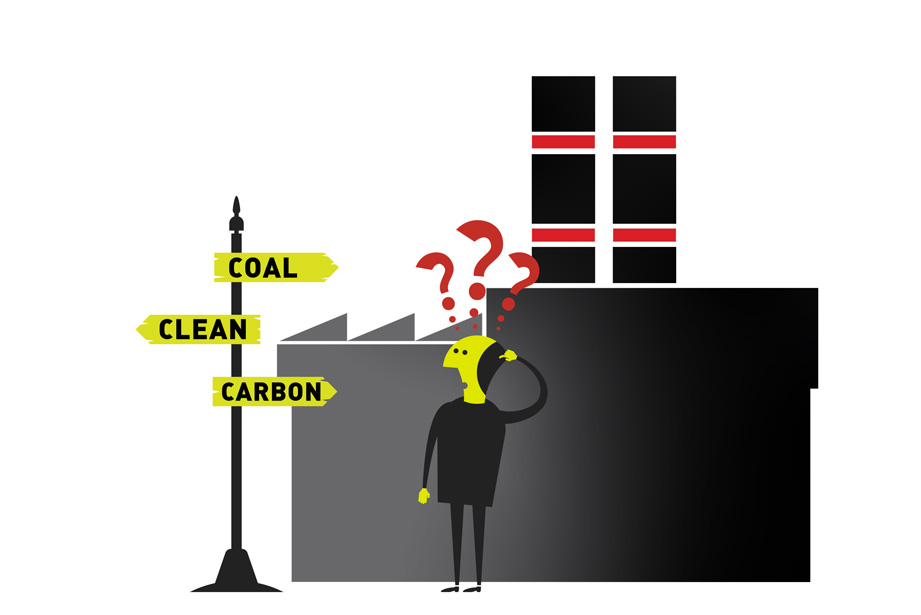Cracking the Coal Quandary

Future coal-fired power plants can potentially meet carbon dioxide (CO₂) emission standards without carbon capture and storage (CCS), according to an EPRI white paper.
New U.S. Environmental Protection Agency rules cap CO₂ emissions from new coal-fired power plants at 1,400 pounds per megawatt-hour of power output—more than 20% below emissions of state-of-the-art coal plants with ultra-supercritical steam above 1100°F. This puts power companies in a quandary: To meet the standard, such plants will need CCS, but development and application of CCS systems face significant technology, policy, and cost challenges. CCS is also constrained by a lack of suitable sites in many regions.
EPRI researchers investigated the question: Is technology available or under development that would enable coal plants to meet the standard without CCS? The answer: a qualified “yes.”
EPRI’s paper discusses coal-only technologies that present significant opportunities to reduce CO₂ emissions. For example, commercially available ultra-supercritical plants used in high-efficiency combined heat-and-power applications could potentially meet the standard if “thermal hosts” could use large amounts of exported heat. Other promising options not ready for commercial application but under development: gasifying high-quality coal and combusting the gas in combined-cycle plants at 3100°F; integrating coal gasification with closed Brayton power cycles using supercritical CO₂; and combining coal gasifiers with fuel cells. The authors point to the need for research to quantify potential heat use by thermal hosts and to accelerate the commercialization of coal gasification technologies.

